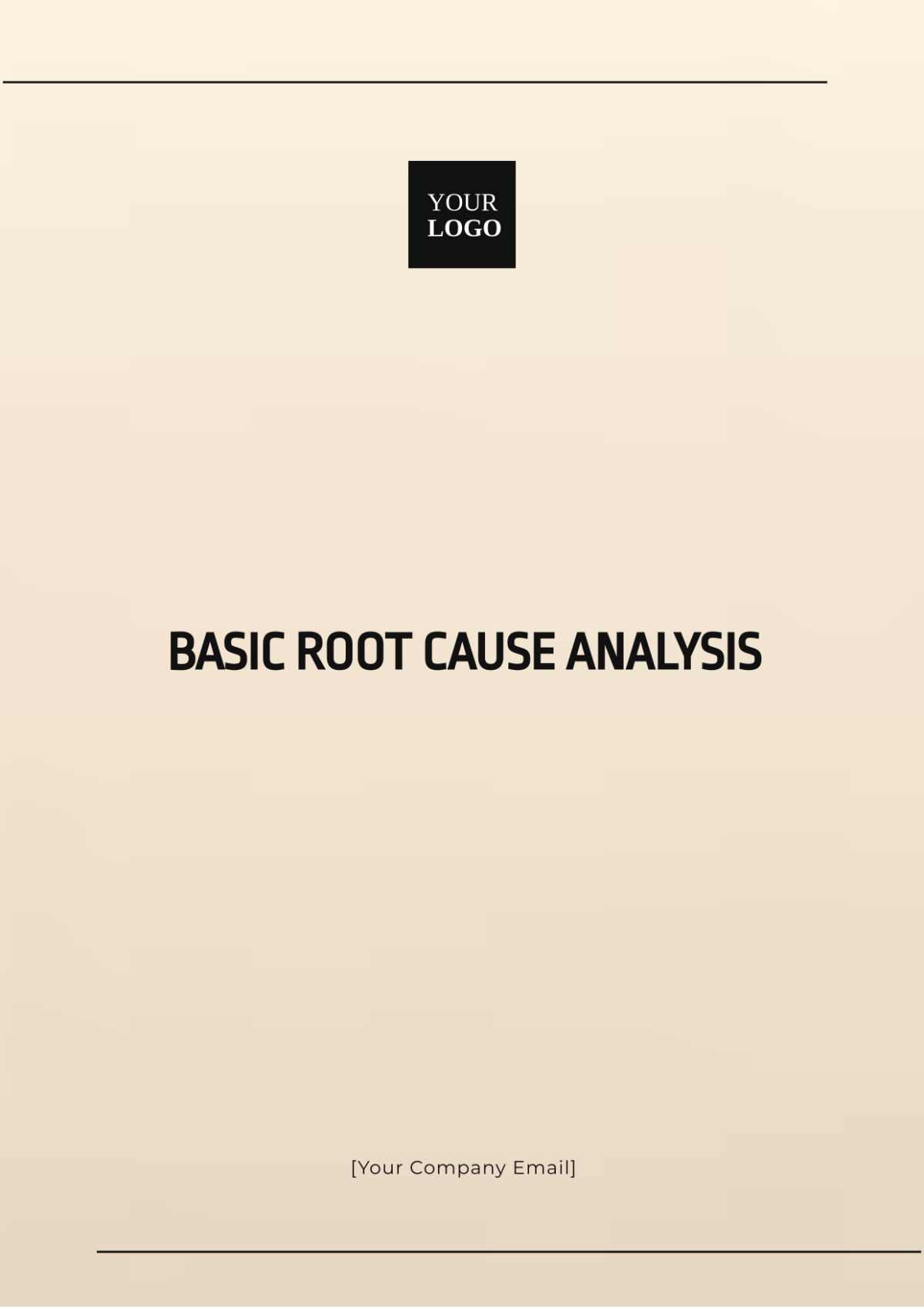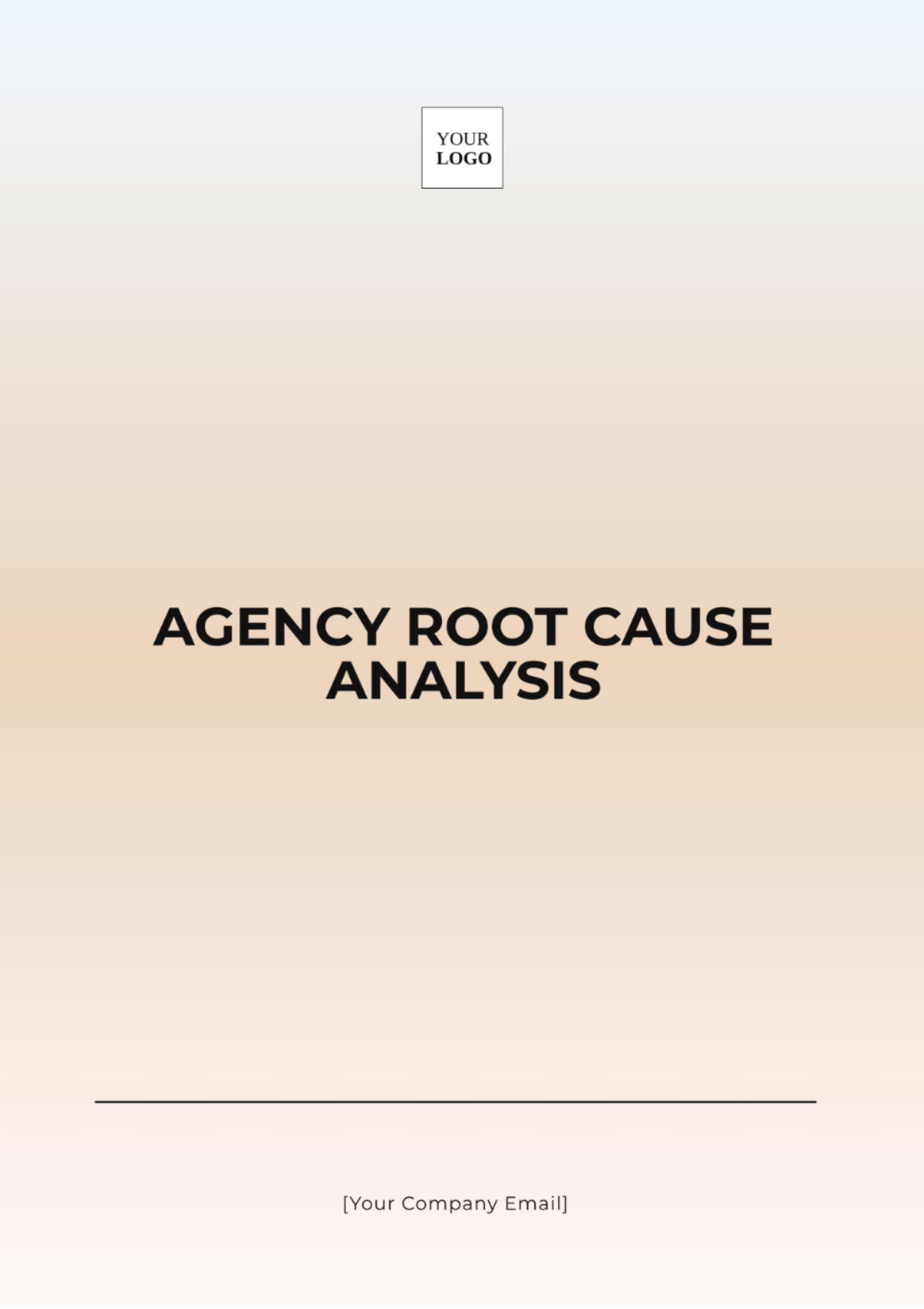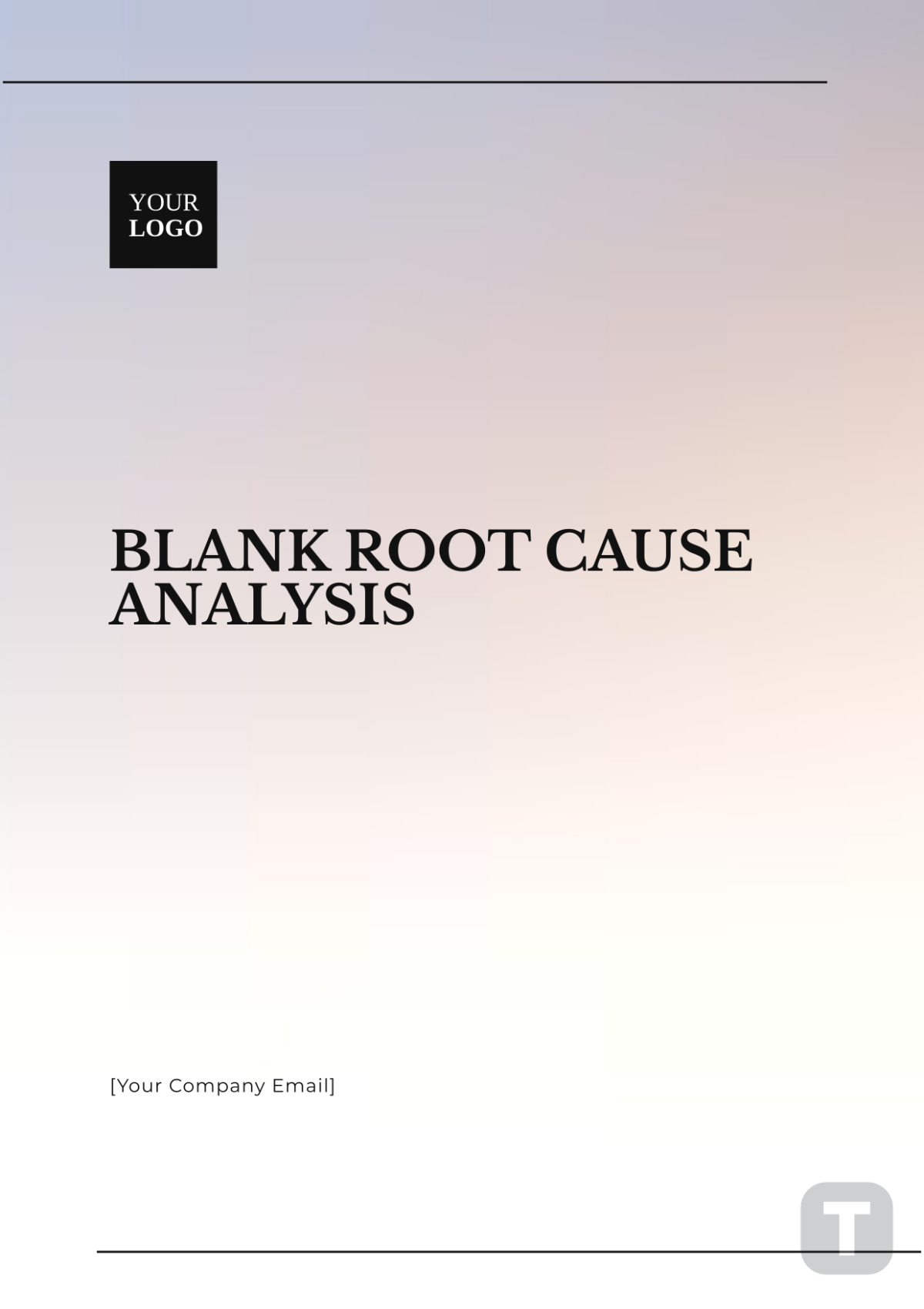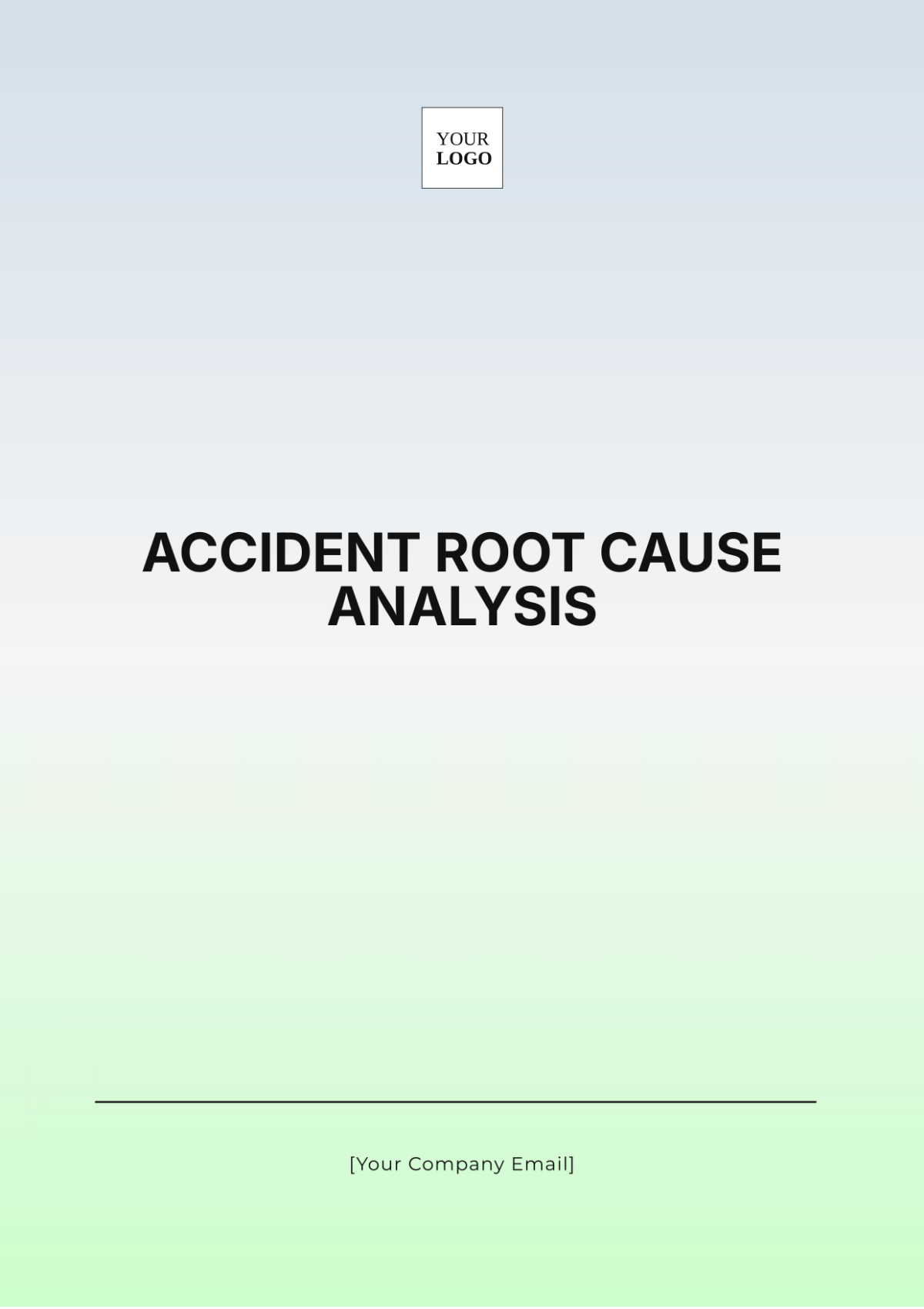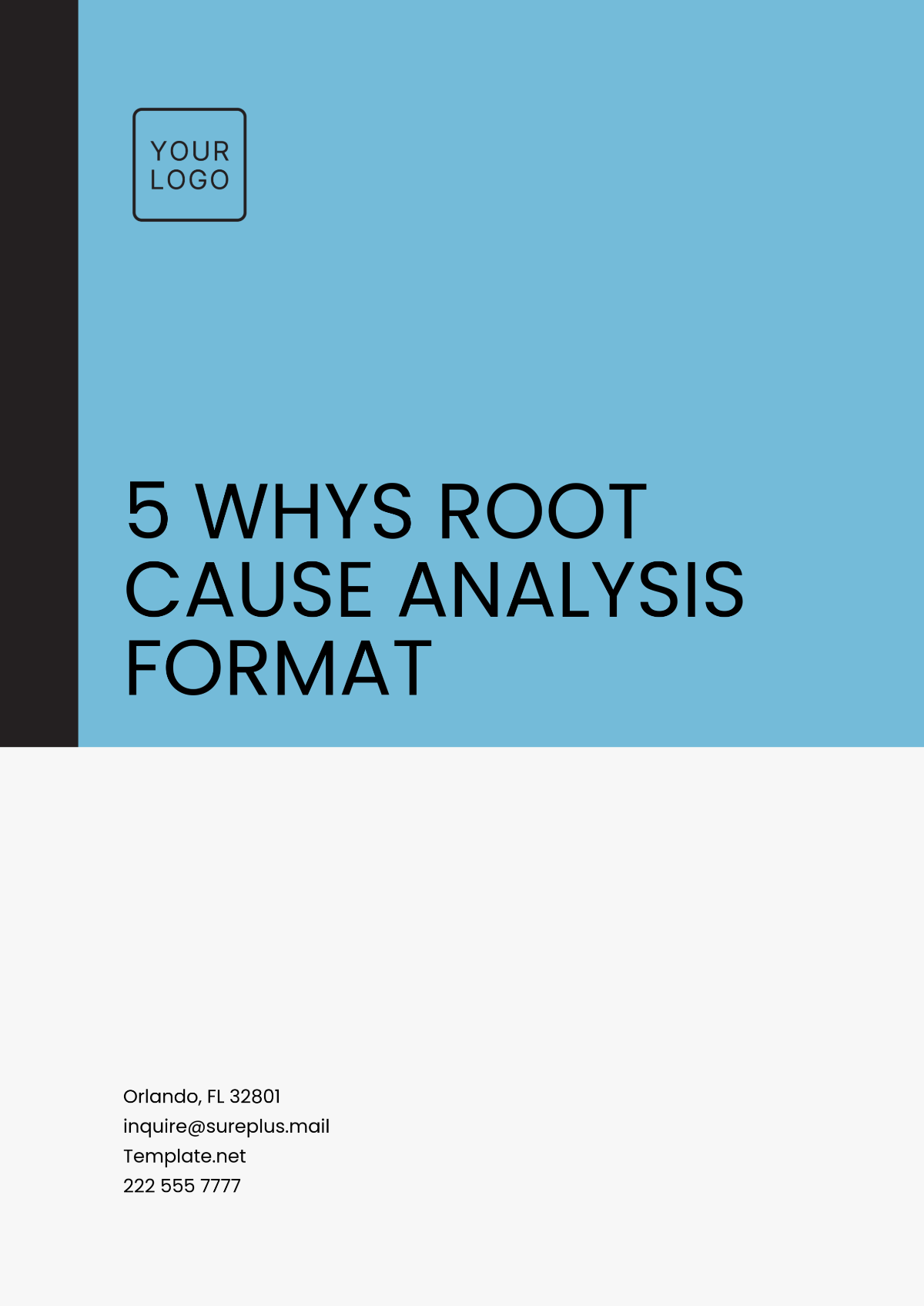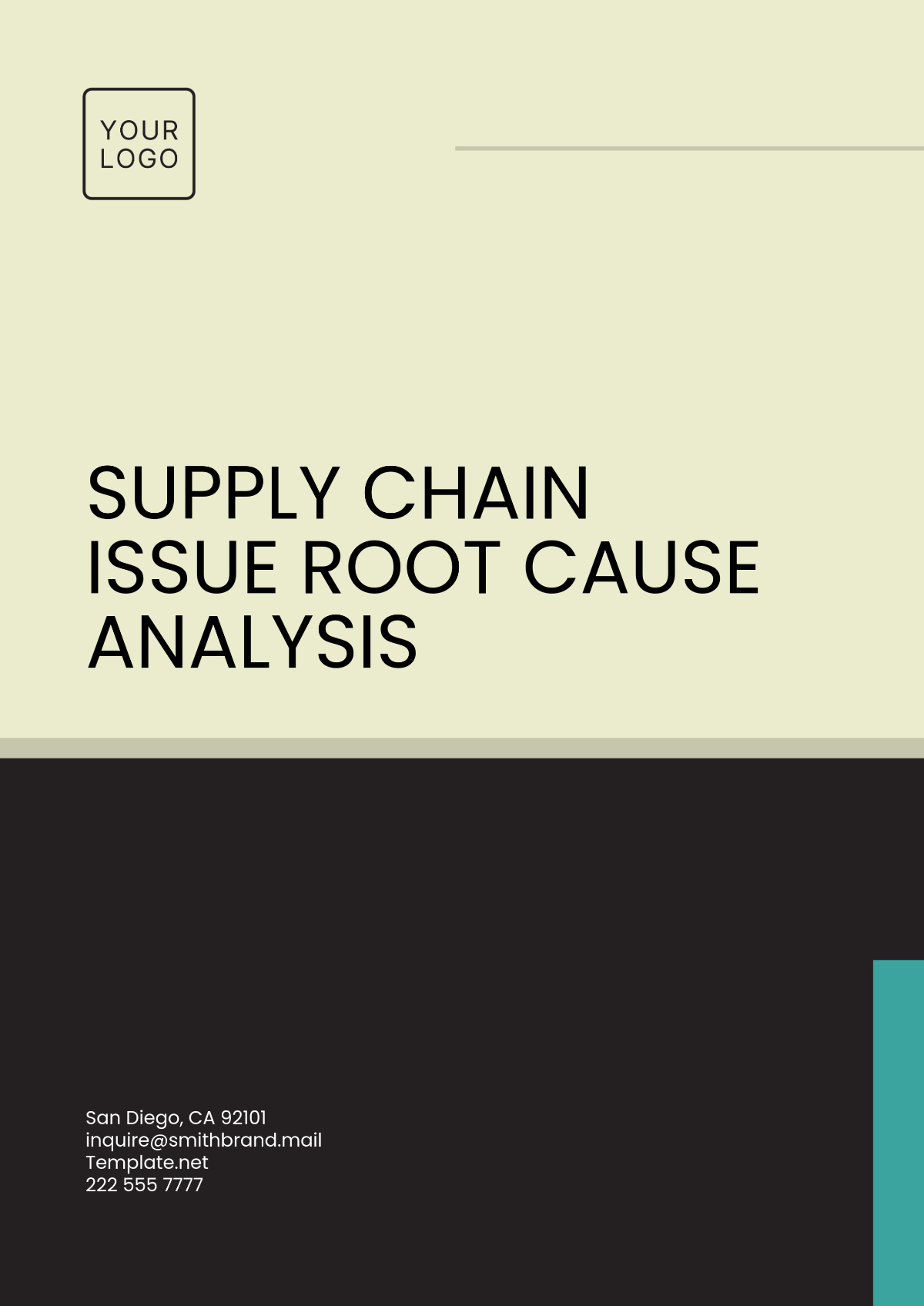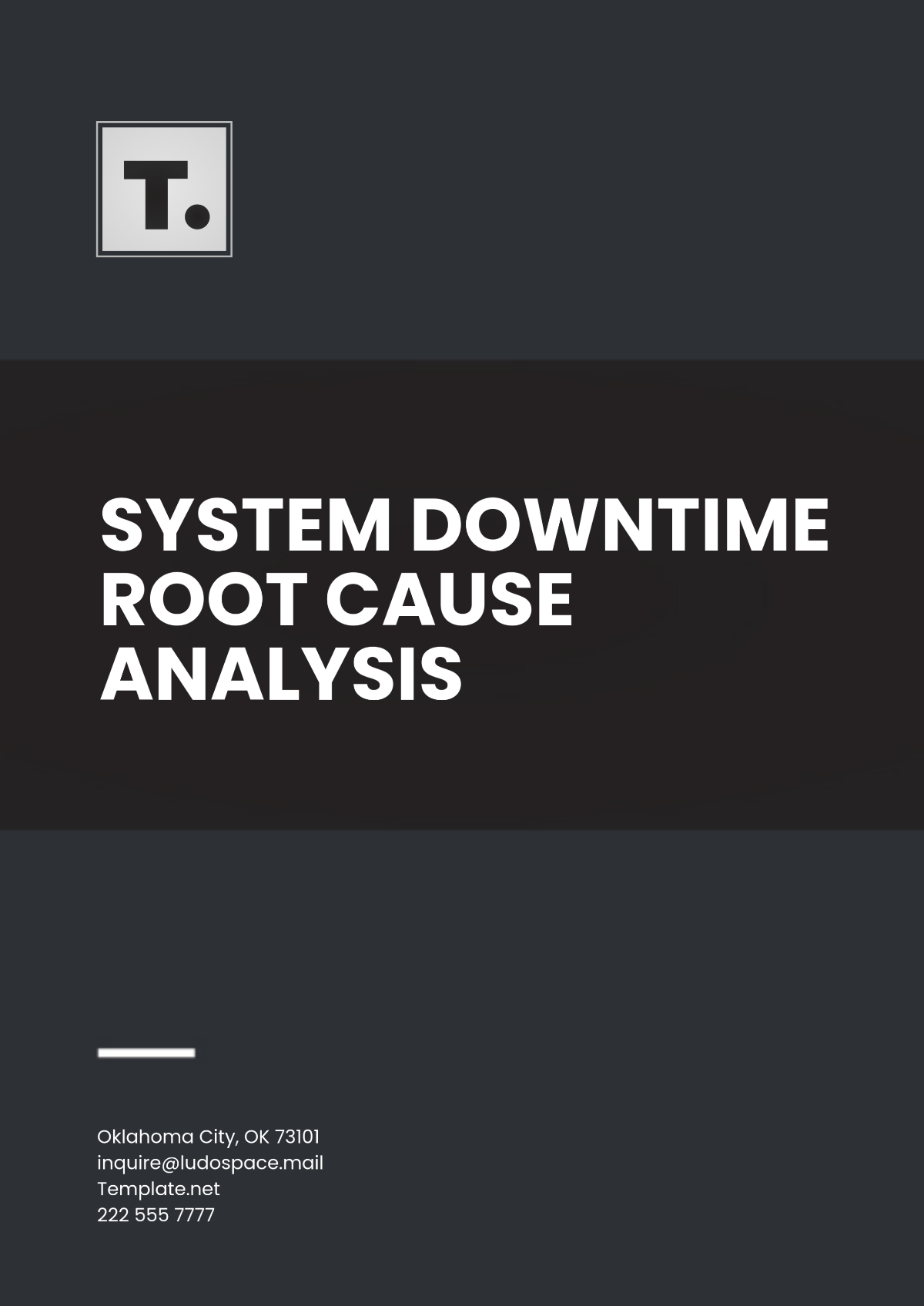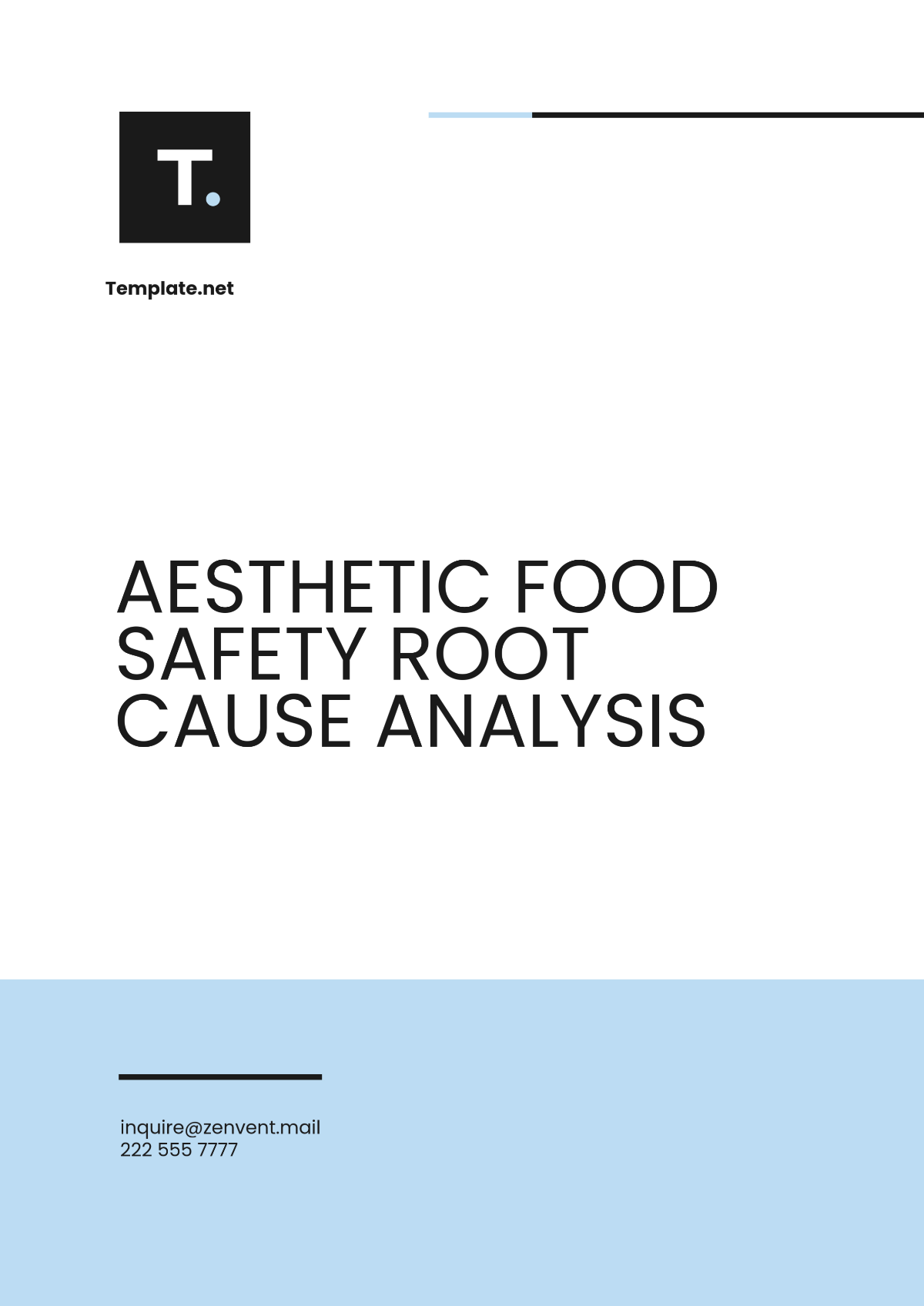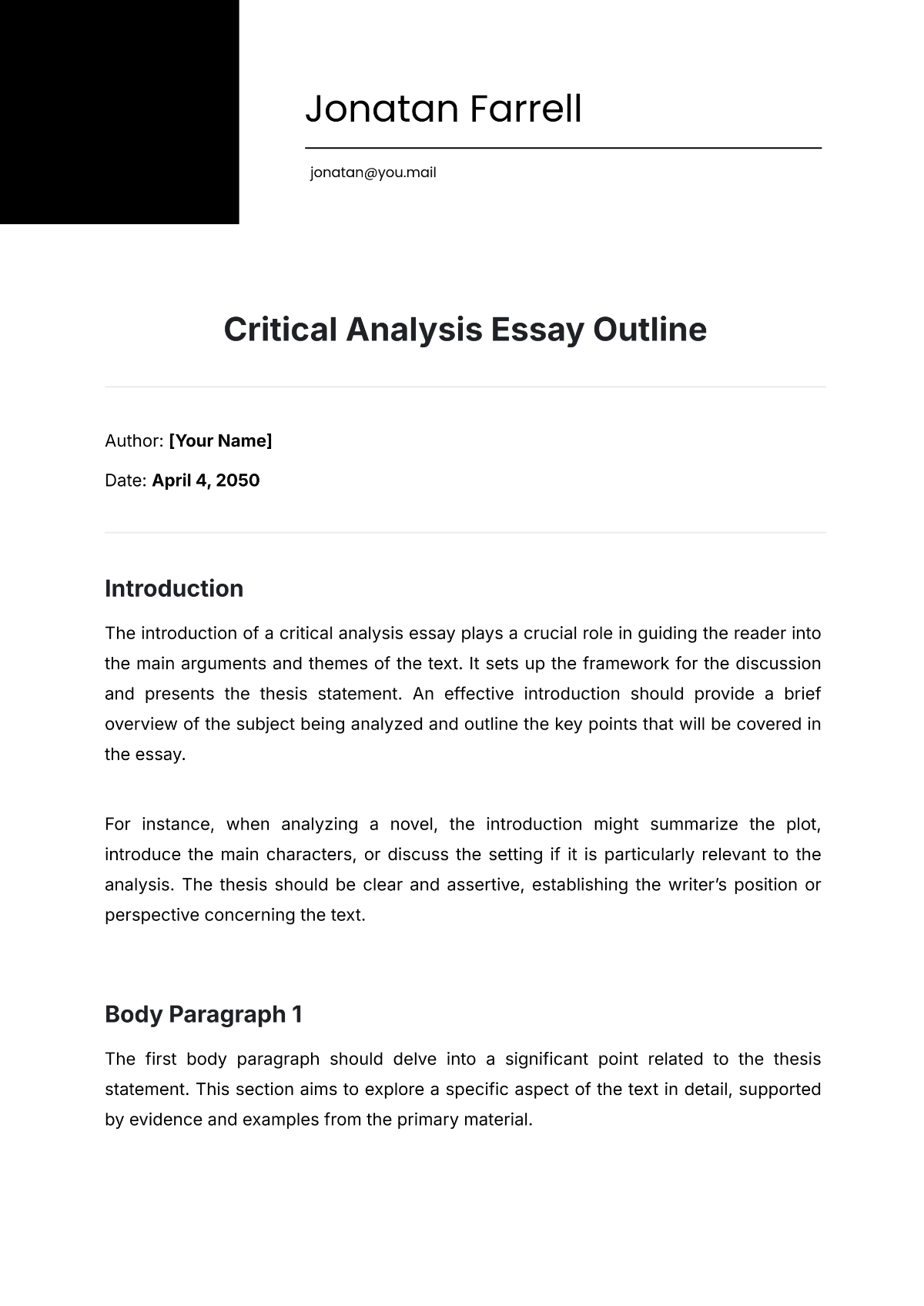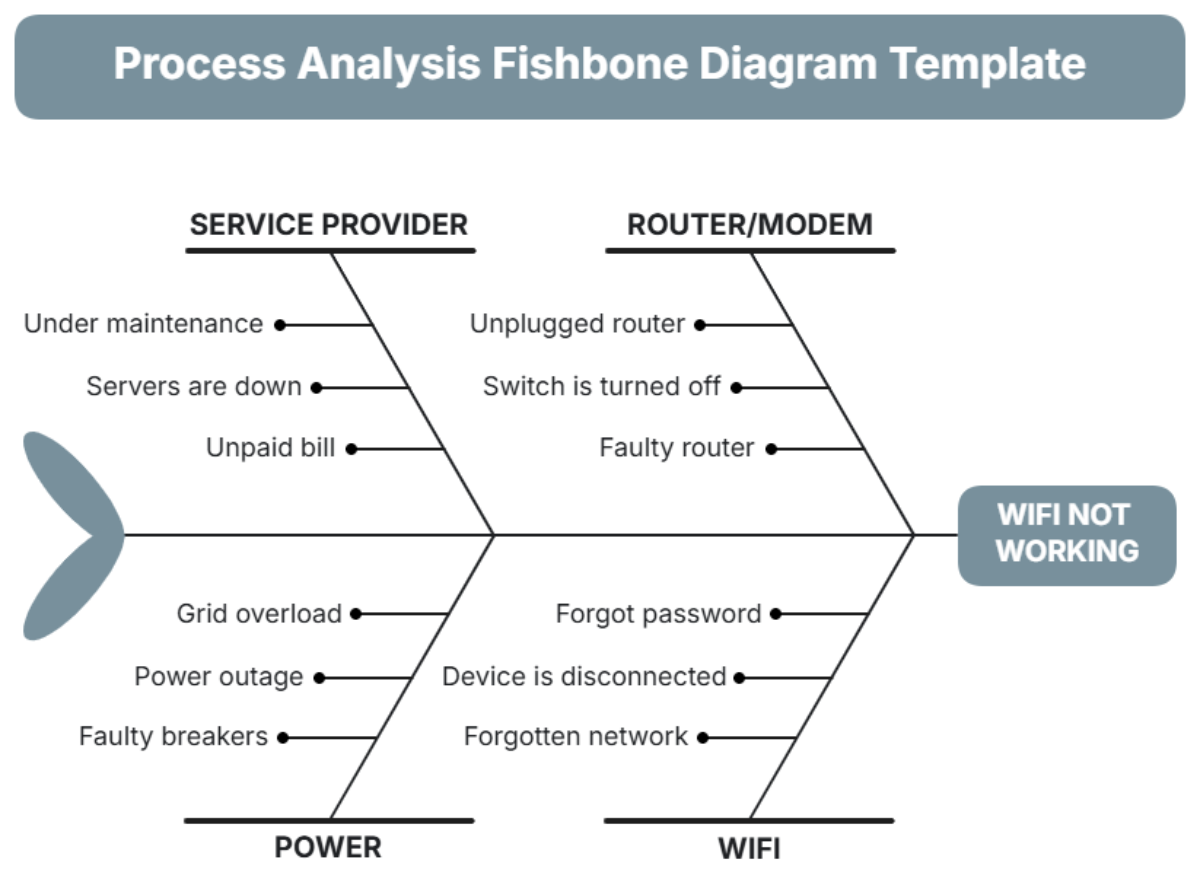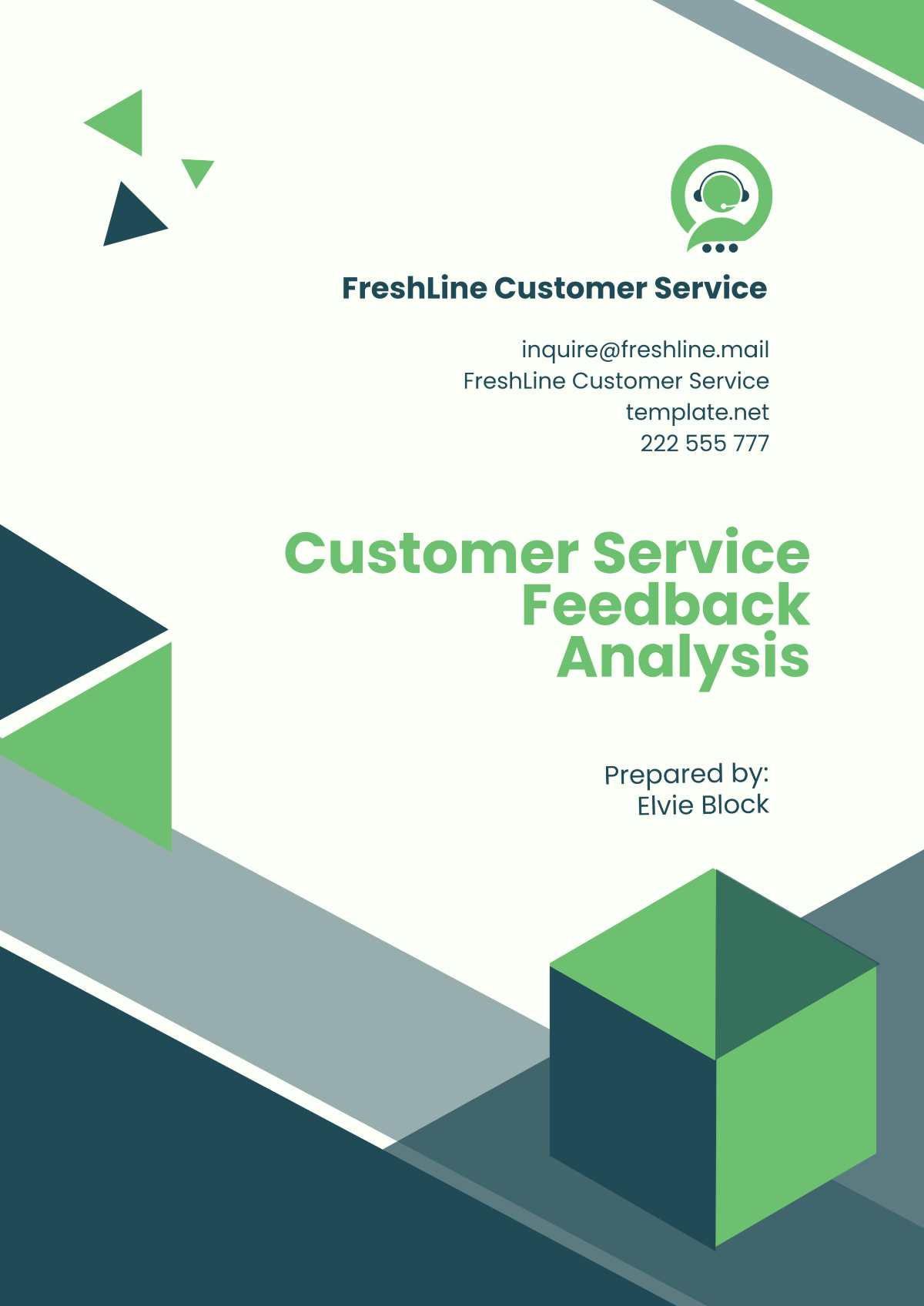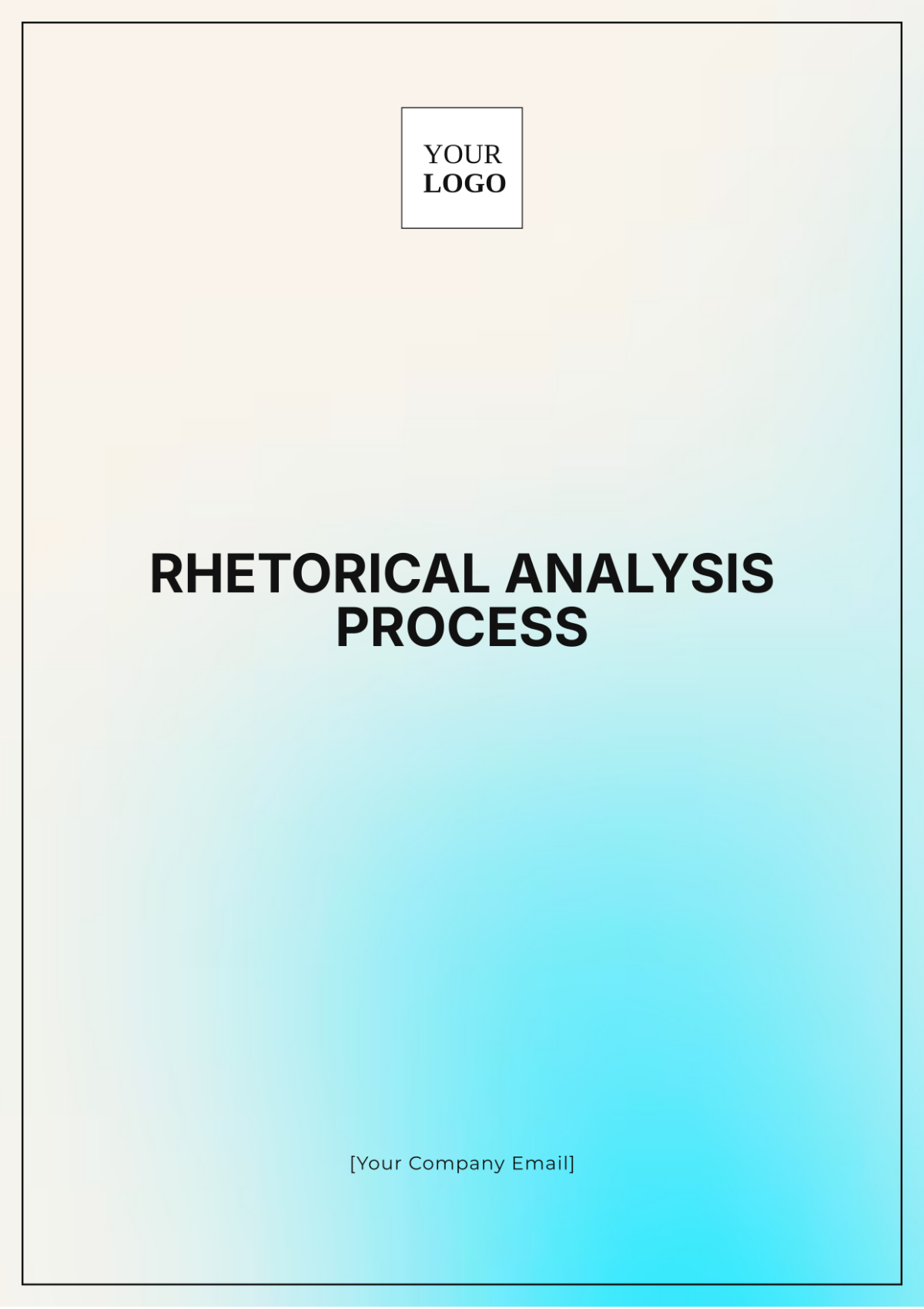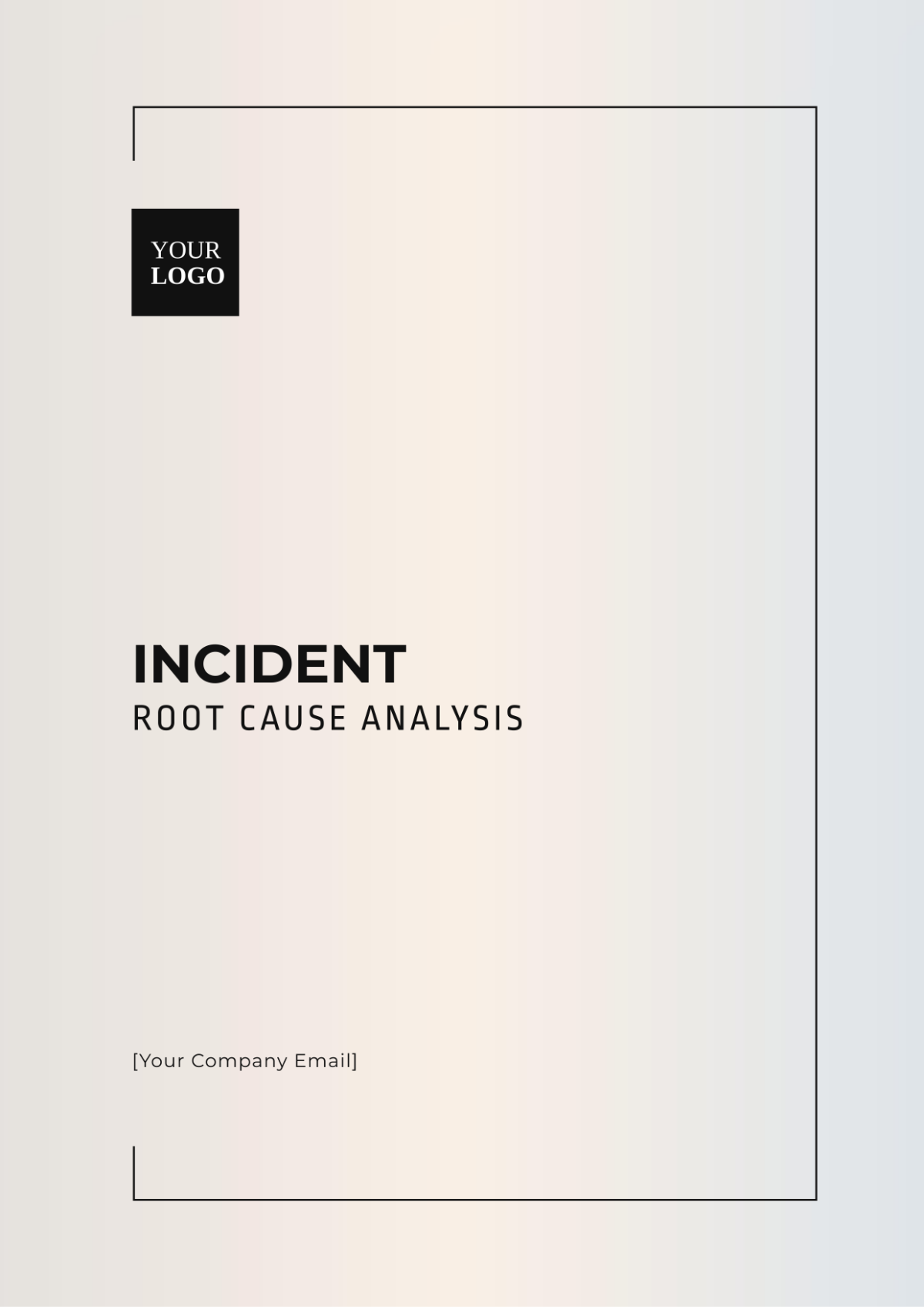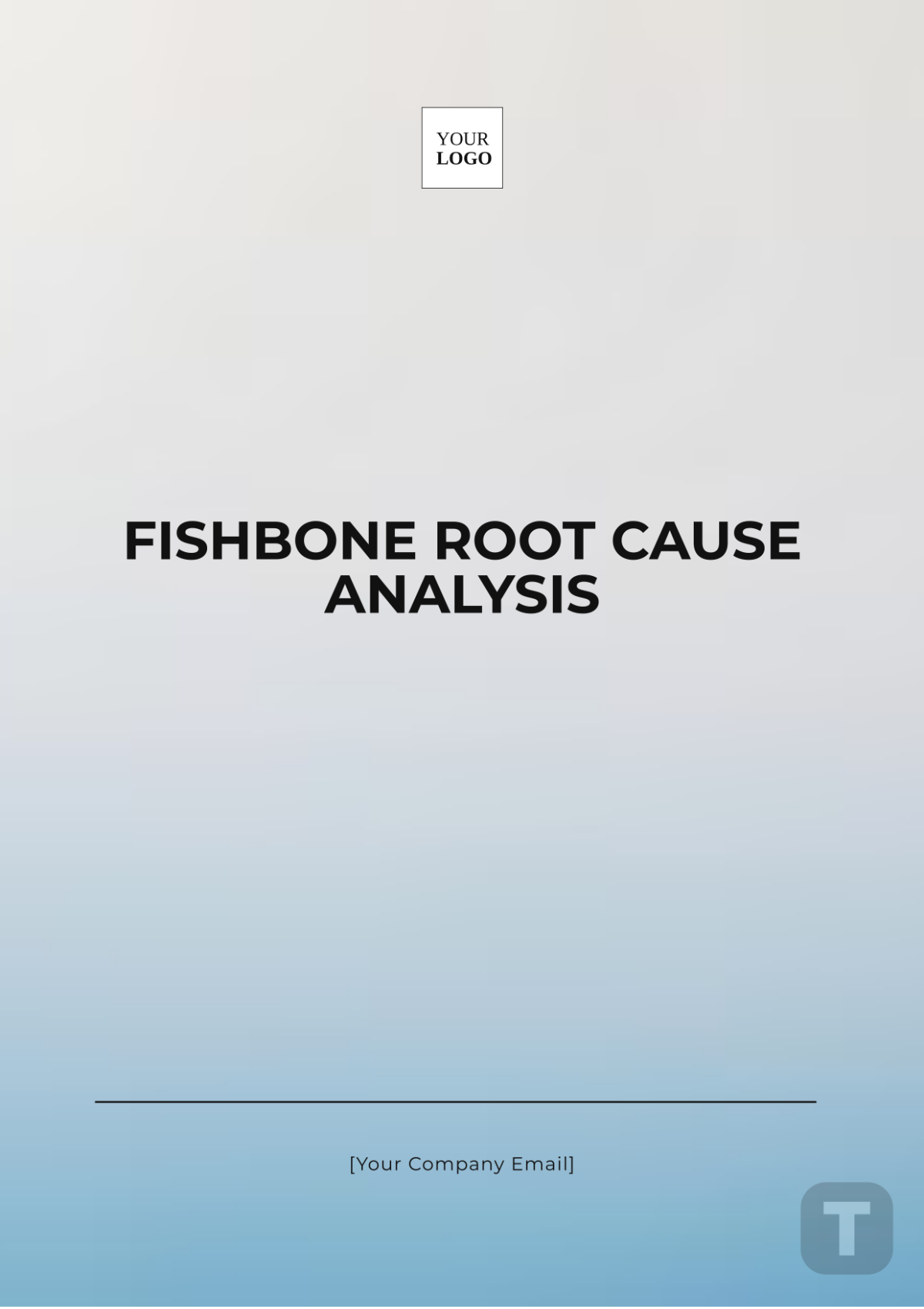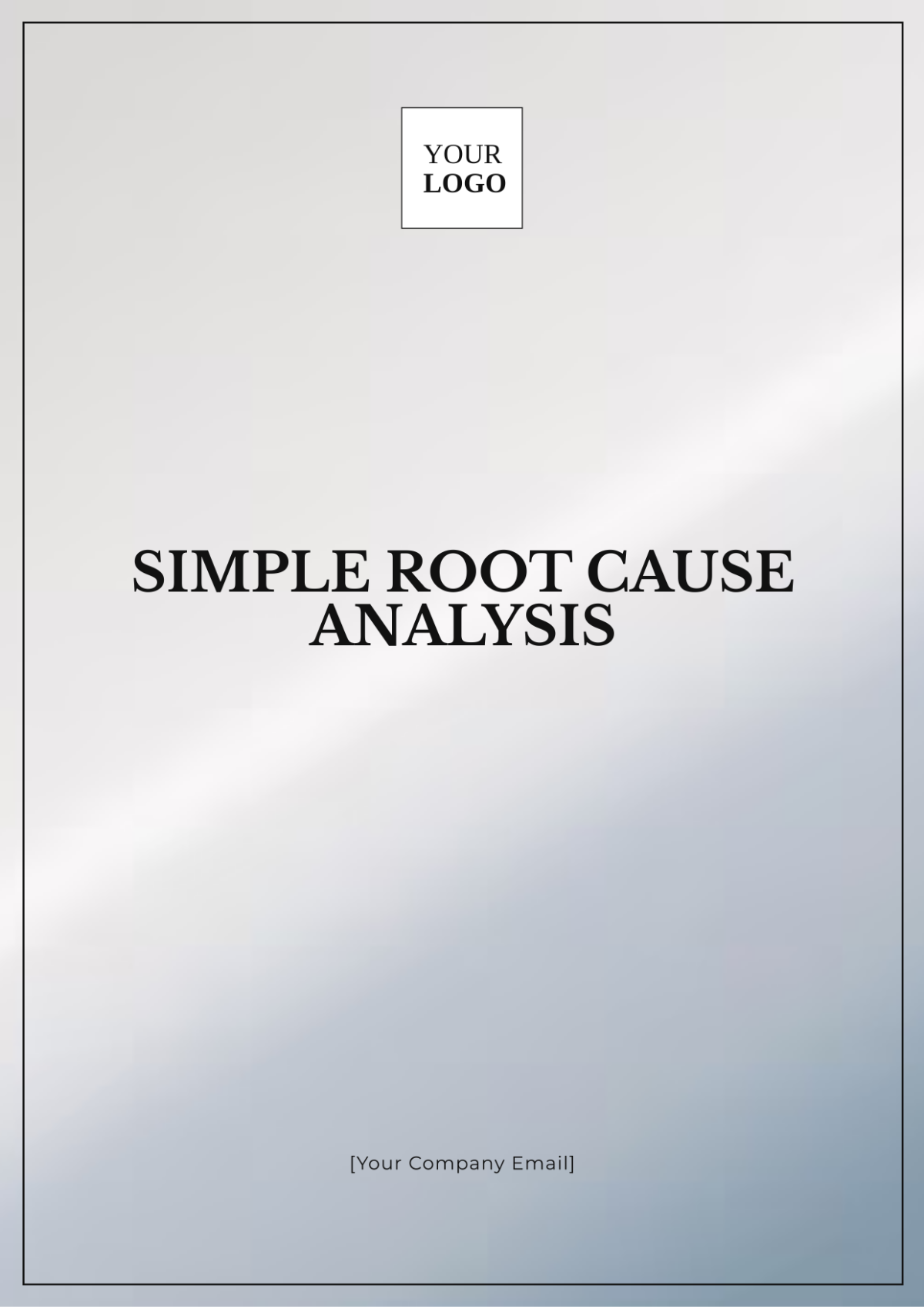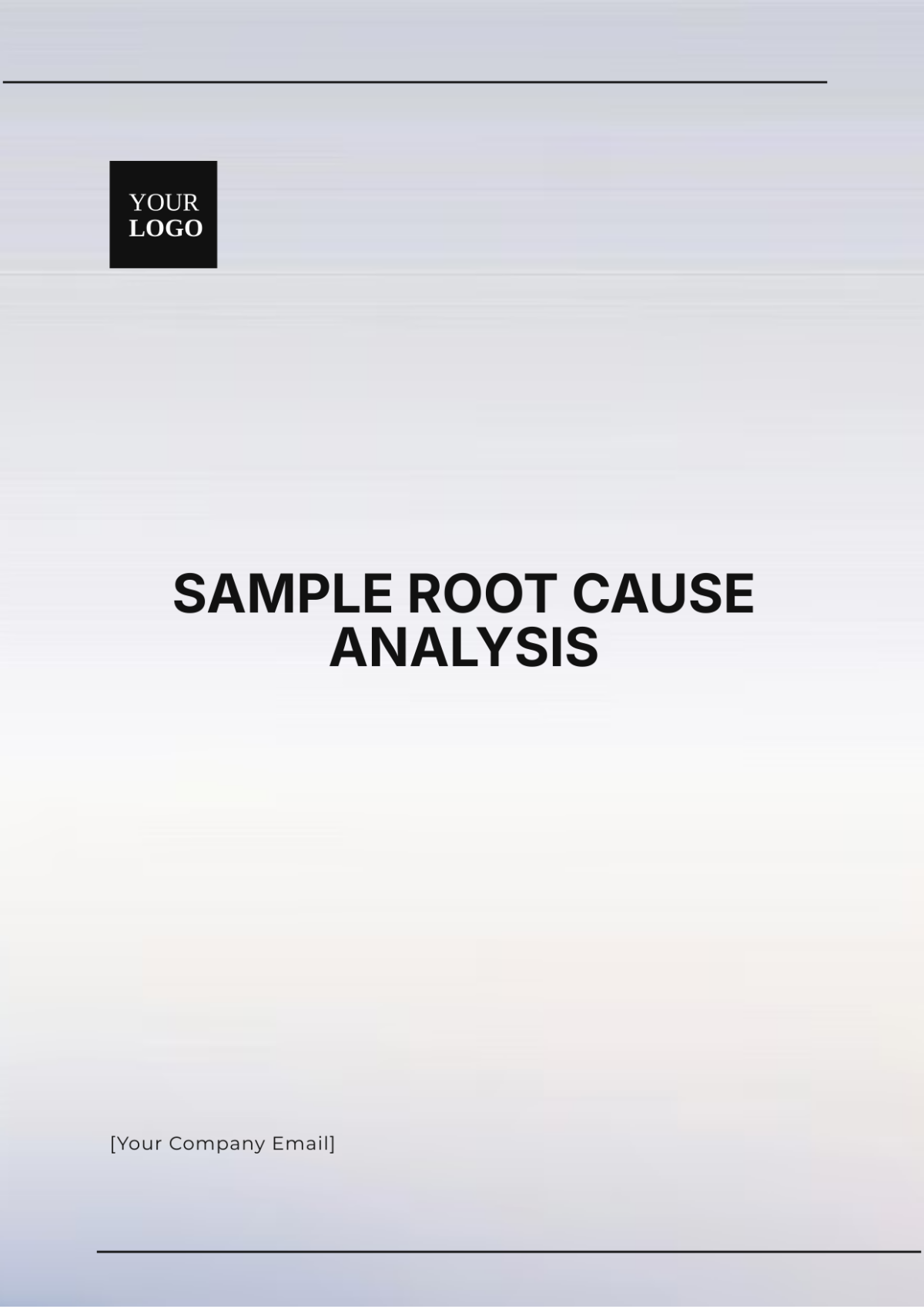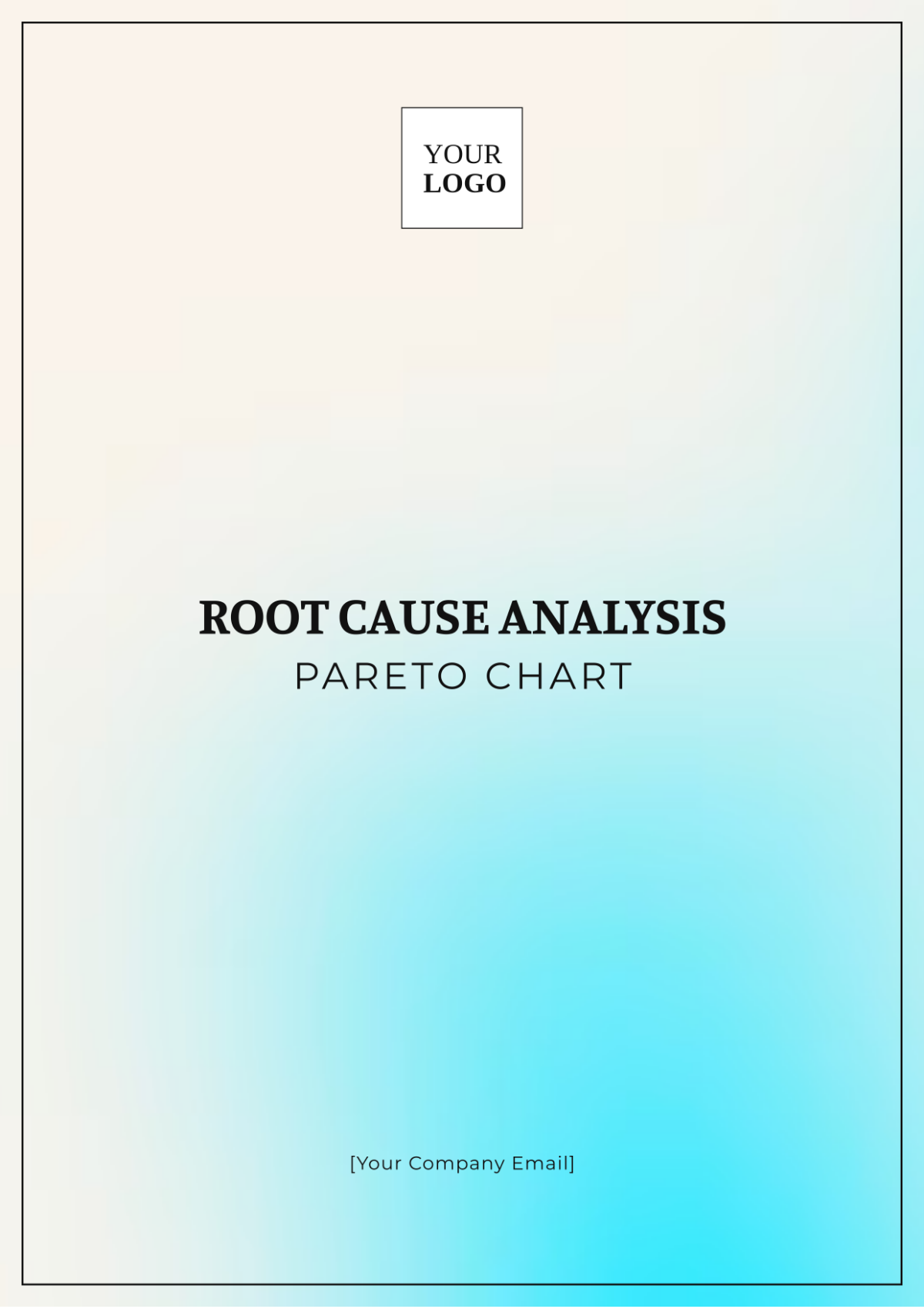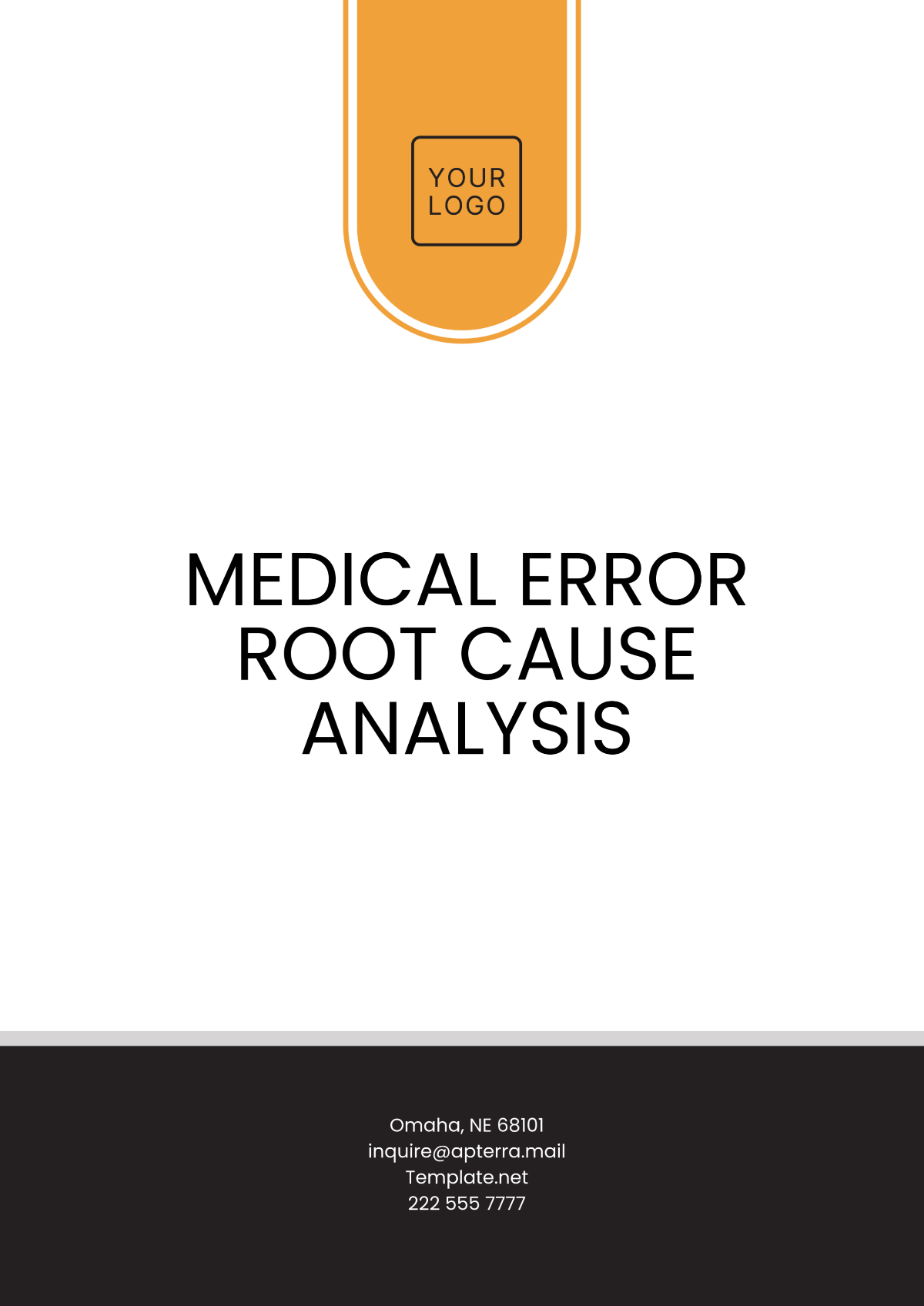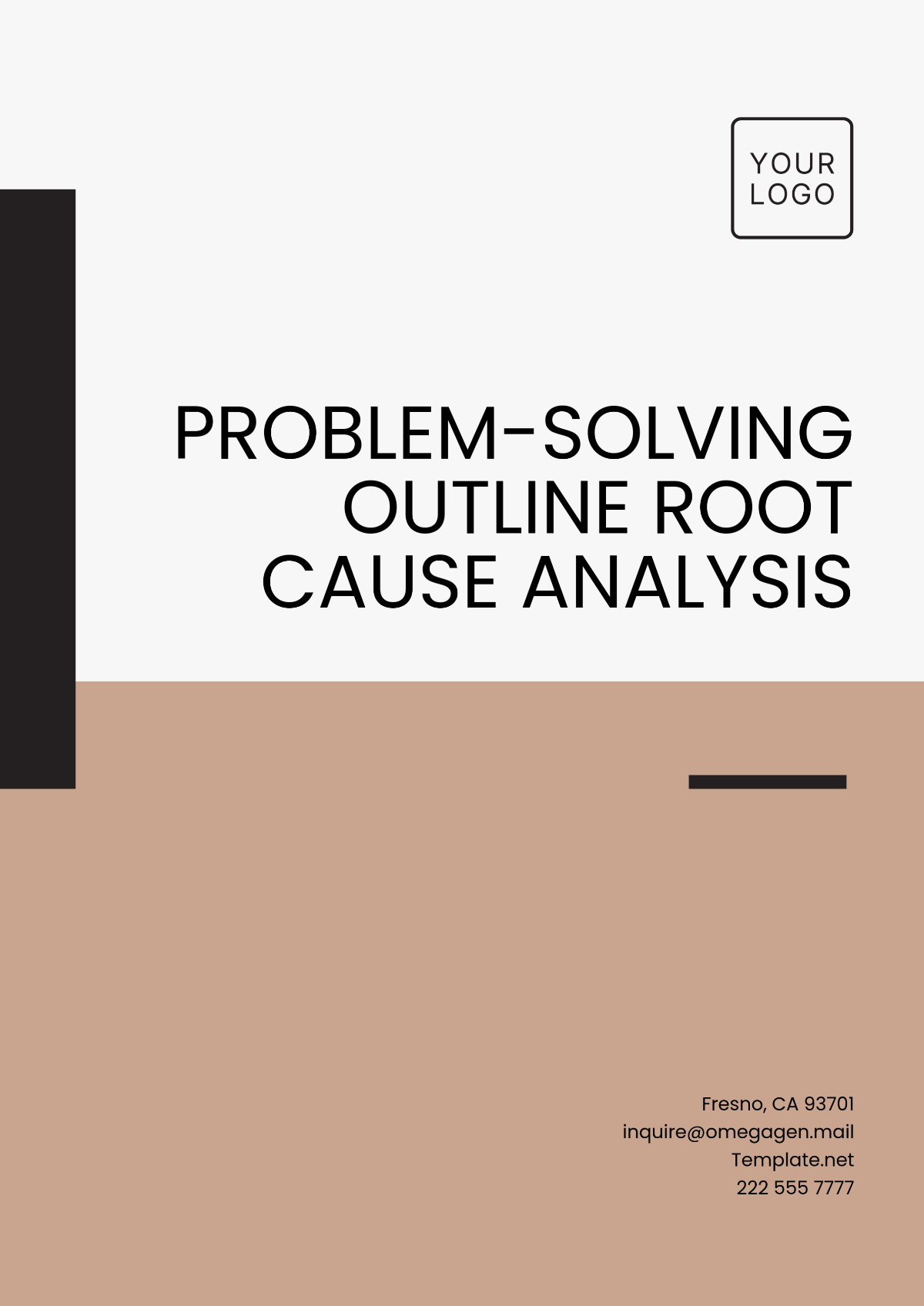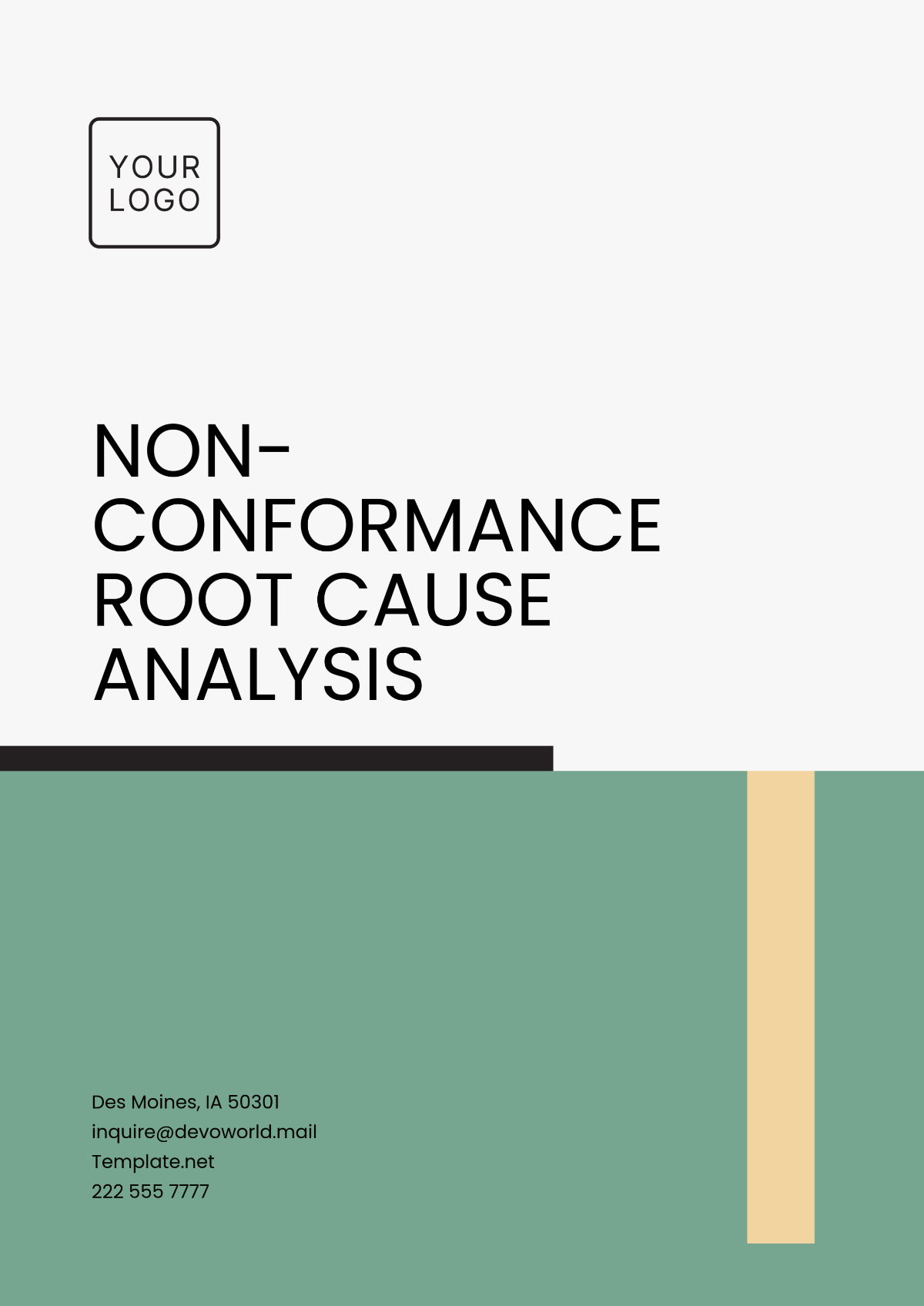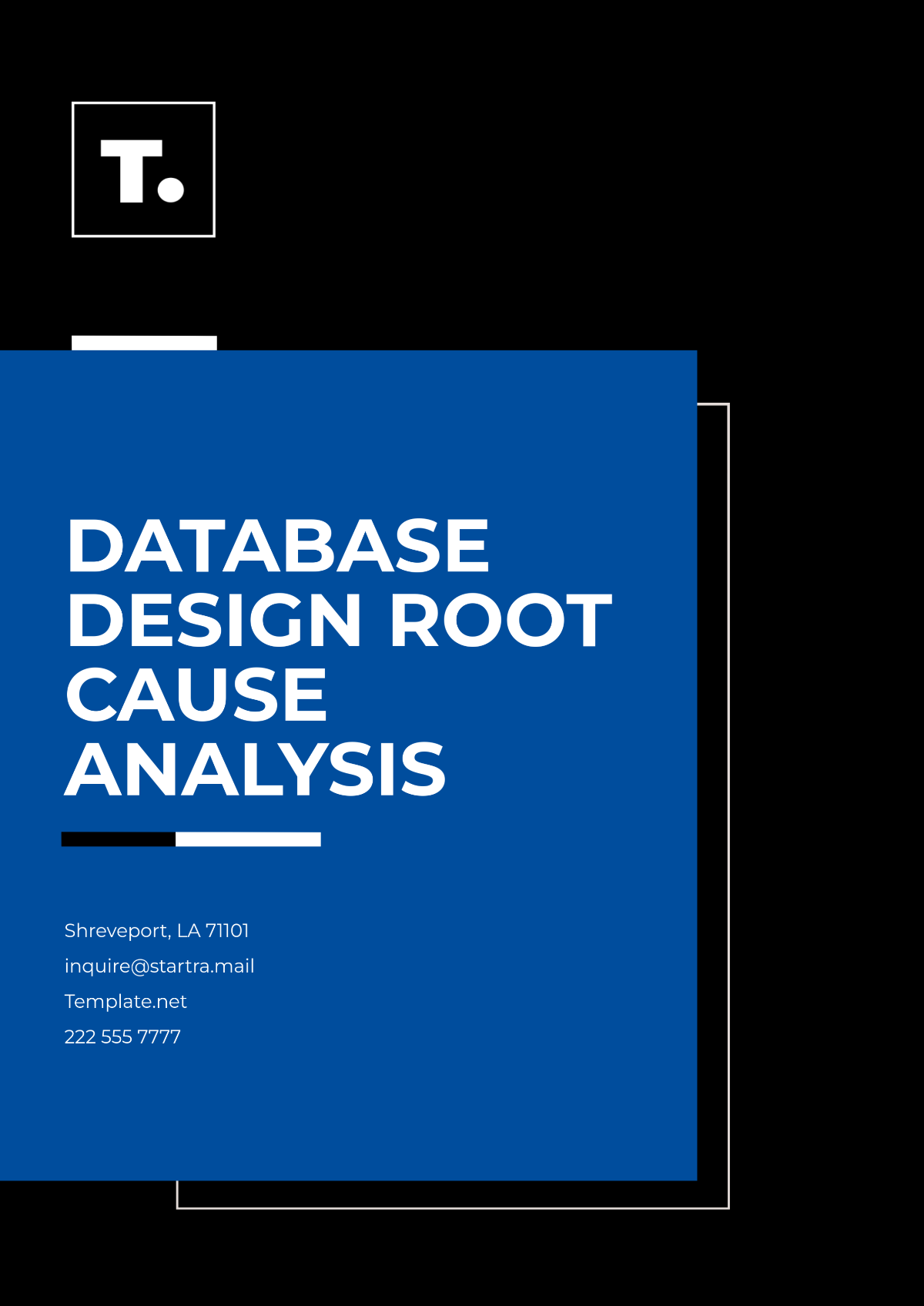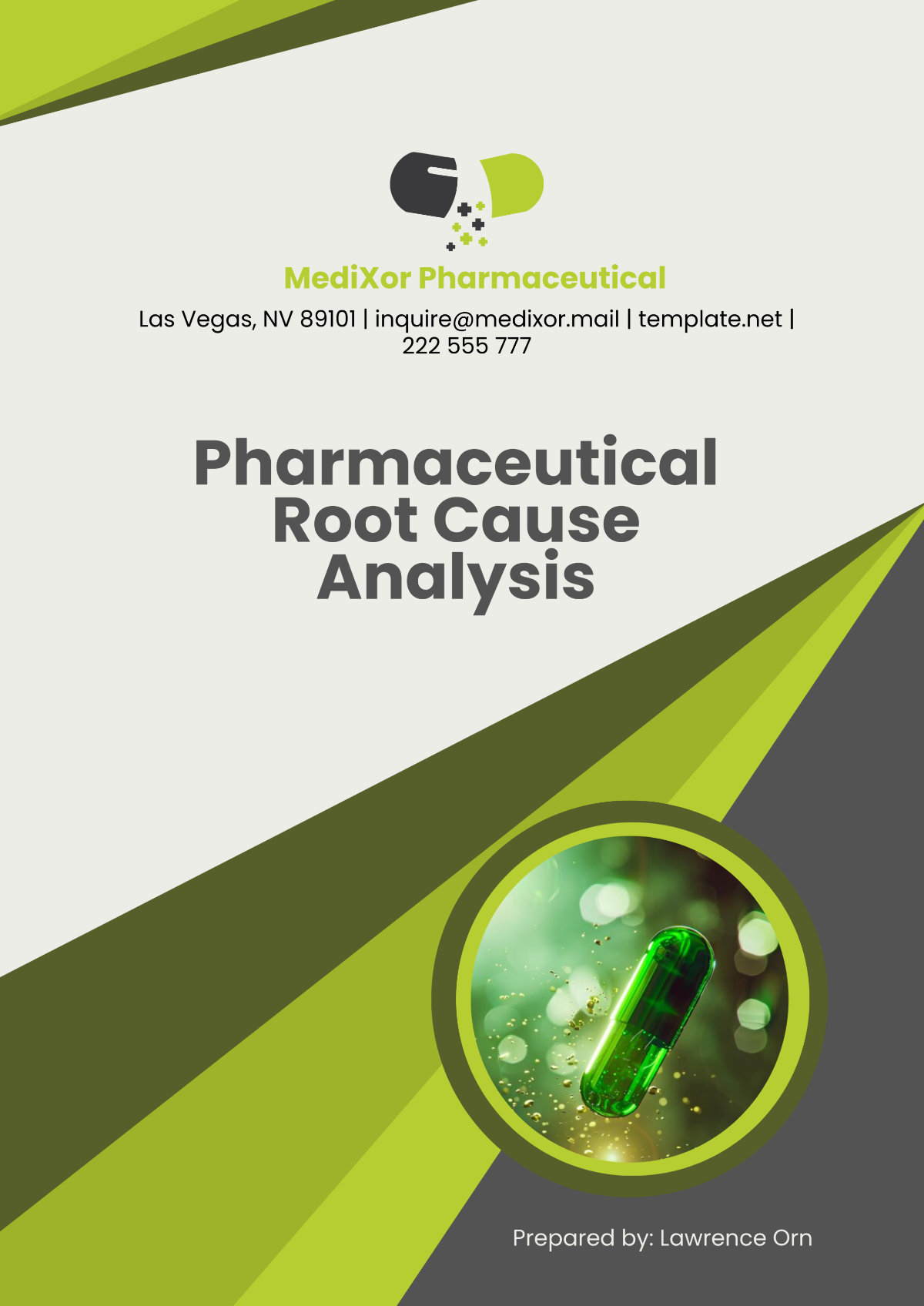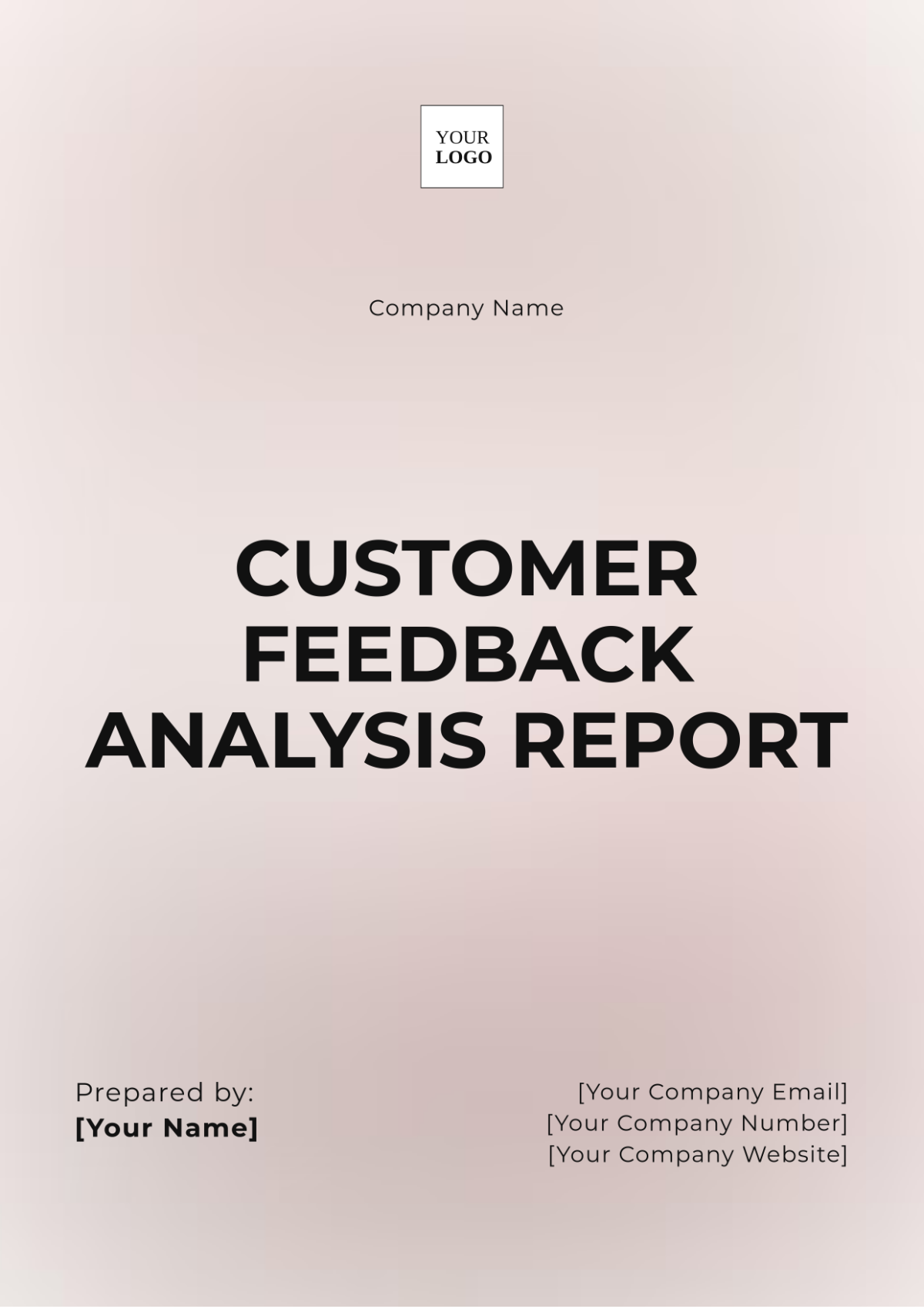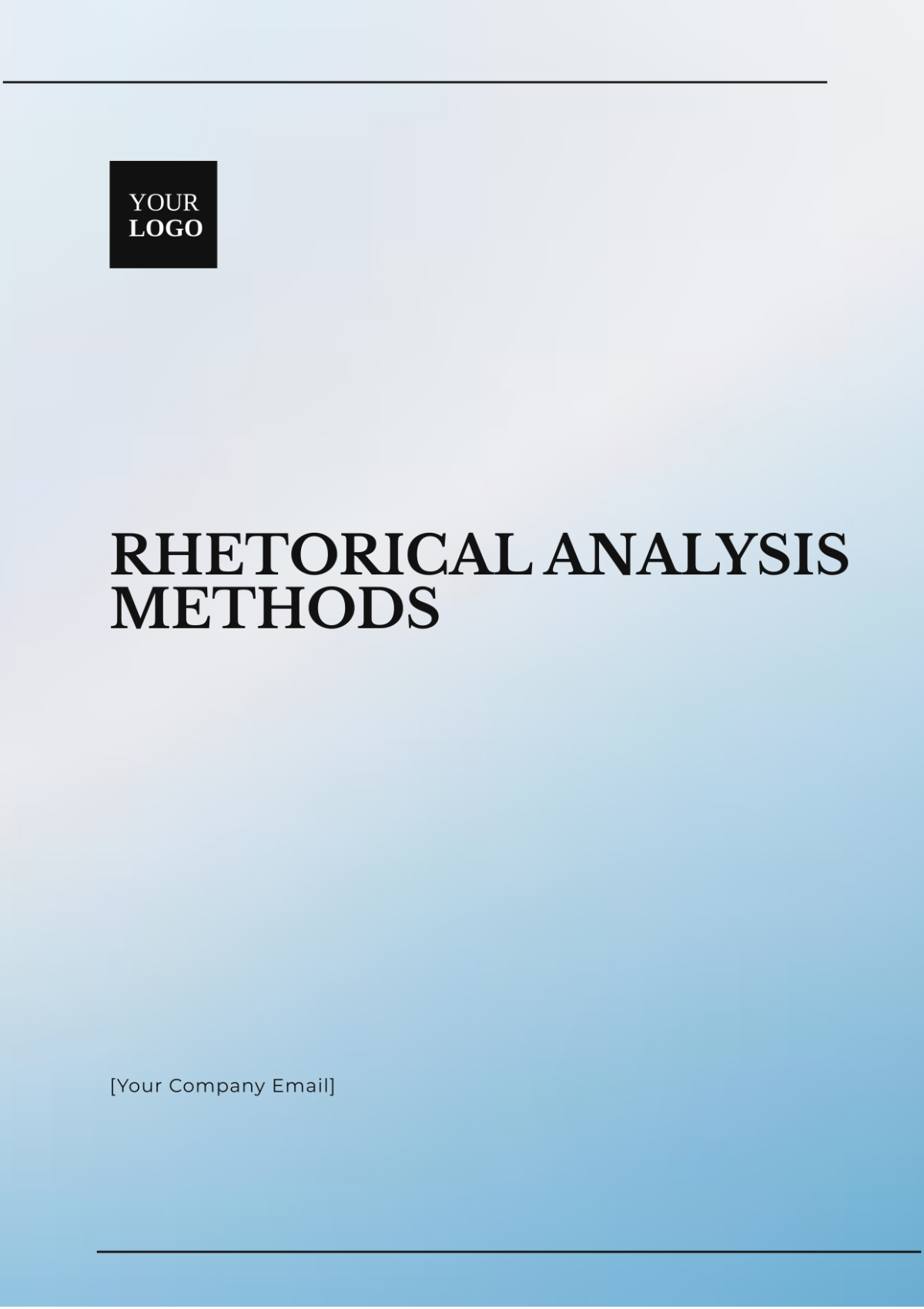Rhetorical Analysis Methods
Prepared by: [YOUR NAME]
Date: [DATE]
I. Introduction
Rhetorical analysis is a powerful method to examine how authors and speakers use language and various rhetorical techniques to influence or persuade their audience. By dissecting elements like ethos, pathos, logos, diction, and structure, rhetorical analysis helps us understand the effectiveness and impact of communication. This analysis provides insights into the strategies the communicator employs, revealing how they shape their message to achieve specific goals.
II. Understanding Rhetorical Analysis
Rhetorical analysis is not merely about what is said, but how it is said. It digs deep into the choices made by the author or speaker to deliver a message, aiming to uncover the underlying intentions and the potential effects on the audience.
A. Definition and Purpose
Rhetorical analysis is the examination of how language and rhetorical techniques are used to influence an audience. Its purpose is to deconstruct a text or speech to understand the strategies the communicator uses and how these strategies work to persuade or inform the audience.
B. Importance in Communication Studies
Rhetorical analysis is crucial in communication studies because it provides a framework for evaluating the effectiveness of a message. By understanding the rhetorical strategies employed, one can assess the credibility, emotional appeal, logical reasoning, and overall structure of the communication, leading to a more comprehensive understanding of its impact.
C. Key Components
Ethos: Refers to the credibility and ethical appeal of the speaker or author.
Pathos: Involves the emotional appeal used to persuade the audience.
Logos: Focuses on logical reasoning and evidence presented in the argument.
Diction: The choice of words and their connotations.
Structure: The organization and flow of the communication.
III. Analyzing Ethos
Ethos is a critical component in rhetorical analysis, as it establishes the credibility of the communicator. Analyzing ethos involves examining how the author or speaker builds trust and authority with the audience.
A. Establishing Credibility
Authority: The communicator may reference their expertise, experience, or position to establish authority.
Trustworthiness: Transparency, honesty, and the acknowledgment of counterarguments can enhance trustworthiness.
Tone: A respectful, confident, and appropriate tone can reinforce credibility.
B. Examples of Effective Ethos
Example | Description |
|---|---|
Professional Background | An author references their academic qualifications or professional experience. |
Use of Reliable Sources | The speaker cites reputable sources to support their argument. |
Balanced Presentation | Acknowledging opposing viewpoints to appear fair and unbiased. |
IV. Analyzing Pathos
Pathos involves the emotional appeal in communication. It aims to engage the audience's emotions, whether to evoke sympathy, anger, joy, or fear.
A. Emotional Engagement
Storytelling: Personal anecdotes or narratives can create a strong emotional connection.
Imagery and Language: Vivid descriptions and emotionally charged words can evoke strong feelings.
Relatability: The communicator may appeal to the audience's values, beliefs, or experiences.
B. Examples of Effective Pathos
Technique | Description |
|---|---|
Personal Anecdotes | Sharing a personal story that resonates with the audience's emotions. |
Vivid Descriptions | Using descriptive language to paint a picture in the audience's mind. |
Appeal to Shared Values | Connecting with the audience by referencing common beliefs or ideals. |
V. Analyzing Logos
Logos refers to the logical appeal of the communication. It focuses on the reasoning, evidence, and logical structure that underpin the argument.
A. Logical Reasoning
Evidence and Data: The use of statistics, facts, and research to support claims.
Clear Arguments: Presenting a well-structured argument with logical progression.
Counterarguments: Addressing and refuting opposing views to strengthen the argument.
B. Examples of Effective Logos
Technique | Description |
|---|---|
Statistical Evidence | Incorporating data and research findings to support a point. |
Logical Progression | Organizing arguments in a coherent and logical order. |
Counterargument Rebuttal | Addressing and refuting opposing views to reinforce the main argument. |
VI. Analyzing Diction
Diction, or word choice, plays a significant role in shaping the tone and impact of communication. The selection of words can influence how the message is perceived by the audience.
A. Word Choice and Connotation
Formal vs. Informal Language: The choice between formal and informal language can affect the tone and appropriateness.
Connotative Meaning: Words with strong connotations can evoke specific emotions or associations.
Jargon and Technical Terms: The use of industry-specific language can either clarify or obscure the message, depending on the audience.
B. Examples of Effective Diction
Technique | Description |
|---|---|
Formal Language | Using sophisticated vocabulary to convey professionalism. |
Connotative Words | Selecting words with emotional or cultural significance. |
Technical Jargon | Employing specialized terms to demonstrate expertise, if appropriate for the audience. |
VII. Analyzing Structure
The structure of a text or speech is integral to its effectiveness. A well-organized structure ensures that the message is clear and easy to follow.
A. Organizational Patterns
Introduction: Sets the stage for the argument, capturing the audience's attention.
Body: The main content, where arguments, evidence, and examples are presented.
Conclusion: Summarizes the key points and reinforces the main message.
B. Examples of Effective Structure
Section | Description |
|---|---|
Clear Introduction | A strong opening that introduces the topic and thesis statement. |
Logical Flow | Smooth transitions between points to maintain coherence. |
Compelling Conclusion | A powerful closing that reinforces the main argument and leaves a lasting impression. |
VIII. Application of Rhetorical Analysis
Applying rhetorical analysis involves systematically examining a text or speech to uncover how rhetorical elements are used to persuade or inform the audience. This method is widely applicable in various fields, including literature, politics, marketing, and media.
A. Steps in Conducting Rhetorical Analysis
Identify the Purpose: Determine the main objective of the communication.
Examine the Audience: Consider who the intended audience is and how the message is tailored to them.
Analyze Ethos, Pathos, and Logos: Break down the use of credibility, emotional appeal, and logical reasoning.
Evaluate Diction and Structure: Assess how word choice and organization contribute to the overall effectiveness.
Draw Conclusions: Summarize the findings and evaluate the overall impact of the rhetorical strategies.
B. Case Study Example
Element | Analysis Example |
|---|---|
Purpose | The author aims to persuade readers to support environmental conservation efforts. |
Audience | Targeted at environmentally conscious individuals and policymakers. |
Ethos | The author establishes credibility by referencing their background in environmental science. |
Pathos | The use of emotionally charged language, such as "protect our planet for future generations," evokes a sense of urgency. |
Logos | The argument is supported by scientific data and statistics on climate change. |
Diction | The author uses a mix of formal language and evocative phrases to appeal to both the intellect and emotions. |
Structure | The article is organized into clear sections, with a compelling introduction and a strong call to action in the conclusion. |
IX. Conclusion
Rhetorical analysis is a systematic and insightful method for understanding how language and rhetorical techniques are used to influence or persuade an audience. By examining ethos, pathos, logos, diction, and structure, we can gain a deeper appreciation of the strategies employed by communicators and their impact on the audience. This method not only enhances our comprehension of communication but also equips us with the tools to craft more effective and persuasive messages.

